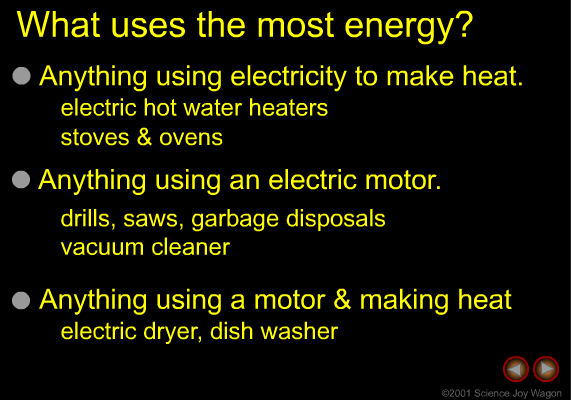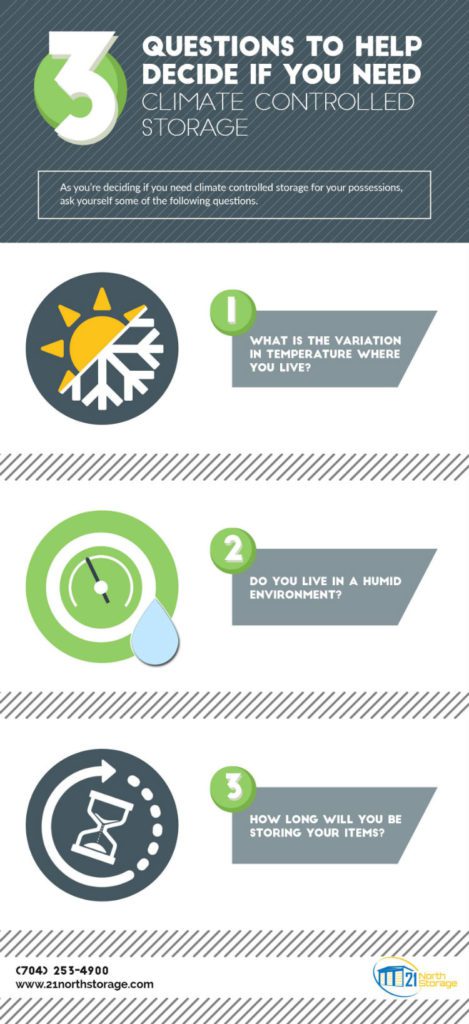Engine oils, an essential element in the machinery of modern vehicles, have seen significant innovation over the last few decades. Among these advancements is the development of energy conserving engine oils. These specialized lubricants promise to optimize engine efficiency, reduce friction, and ultimately decrease energy consumption. But what exactly are energy conserving engine oils, and do they deliver on their claims?
Energy conserving engine oils are formulated with unique additives and base oils designed to minimize engine drag and enhance lubrication efficiency. Most commonly, these oils meet the requirements set by industry standards, such as those established by the American Petroleum Institute (API) and the International Lubricant Standardization and Approval Committee (ILSAC). Specifically, ILSAC GF-5 and GF-6 standards include provisions for energy conserving properties.
The key characteristic of energy conserving engine oils is their compatibility with the vehicles’ engines while delivering optimal performance. These oils contain friction modifiers—substances that reduce the resistance between moving parts, thereby enabling smoother motion. As a result, the engine can operate with less energy, which translates into improved fuel economy.
There are several different types of engine oils on the market, primarily categorized based on viscosity and blend. Conventional oils, synthetic oils, and semi-synthetic oils all have unique properties. Conventional oils, derived from crude oil, are often less expensive but may not provide the same level of energy efficiency as synthetic options. Synthetic oils, on the other hand, are engineered from chemical compounds, delivering superior performance and protection. Semi-synthetic oils combine elements of both, offering a balance between cost and performance.
When considering energy conserving oils, it is vital to examine their viscosity ratings. Viscosity represents the oil’s resistance to flow; this measurement significantly influences how effectively the oil lubricates the engine. Lower viscosity oils (e.g., 0W-20) are designed for cold starts and generally lead to better energy efficiency compared to higher viscosity options. However, manufacturers recommend specific viscosity grades for different engine types, so adherence to these guidelines is crucial.
The composition of energy conserving oils typically includes a combination of synthetic base stocks and specialized additives. These additives may encompass detergents, anti-wear agents, and rust inhibitors that serve to protect engine components. The synergy between these ingredients fosters not only a reduction in energy consumption but also prolongs engine life.
One important aspect to consider is the potential impact of energy conserving engine oils on vehicle maintenance and performance. Proponents argue that these oils can lead to a noticeable reduction in fuel consumption—a compelling factor for environmentally-conscious consumers. However, it is essential to recognize that oil changes and maintenance schedules remain critical; neglecting regular upkeep can negate the benefits offered by these advanced lubricants.
Research suggests that energy conserving engine oils can enhance fuel economy by a measurable percentage. While the exact amount can vary based on vehicle make, model, and driving conditions, some studies indicate that savings can range from 1-2% compared to conventional oils. Although seemingly minimal, when extrapolated over the life of a vehicle, these savings can equate to a substantial reduction in fuel consumption.
As with any automotive product, consumer experiences with energy conserving engine oils may differ. Some users have reported tangible benefits in fuel economy and engine performance, while others remain skeptical, attributing minimal changes to external factors such as driving habits or vehicle condition. The inconsistency of results serves as a reminder of the complex interplay between vehicle systems and lubrication technology.
It is also worth noting that auto manufacturers frequently recommend energy conserving oils for specific models due to their compatibility with engine designs. Many modern vehicles are equipped with technologies, such as variable valve timing and turbocharging, which benefit from lower friction and enhanced lubrication provided by these oils. Hence, utilizing the manufacturer’s recommended oil type can maximize performance and efficiency.
In terms of environmental impact, the implications of widespread adoption of energy conserving engine oils can be substantial. Reduced fuel consumption implies lower greenhouse gas emissions, contributing positively to attempts to mitigate climate change. Furthermore, less frequent oil changes mean decreased waste oil and lower oil production demands, lending credence to the environmental benefits associated with these lubricants.
However, consumers must remain vigilant about potential greenwashing, a practice where products are marketed as more environmentally friendly than they are. It is imperative to scrutinize certifications, such as API and ILSAC marks, to ensure that the oil meets recognized performance criteria. Understanding these standards helps consumers make informed decisions that align with their environmental values.
In conclusion, energy conserving engine oils represent a significant advancement in automotive lubrication technology. While these oils provide advantages in terms of reduced friction and improved fuel efficiency, the degree of effectiveness may vary based on several factors, including vehicle type and maintenance practices. As the world shifts towards greater energy conservation and sustainability, embracing energy conserving products like specialized engine oils can play a crucial role in reducing our carbon footprint and promoting a greener future.








